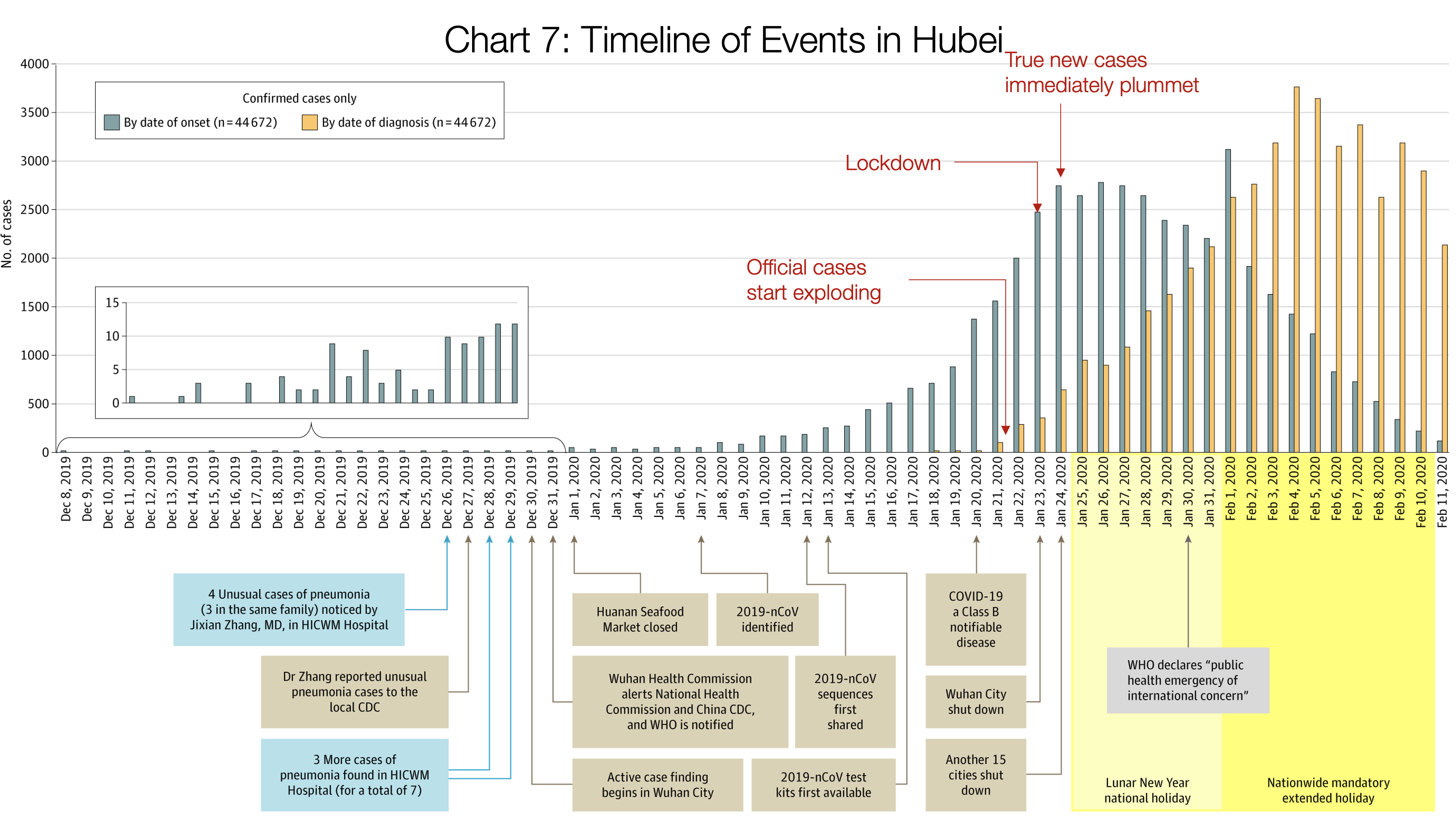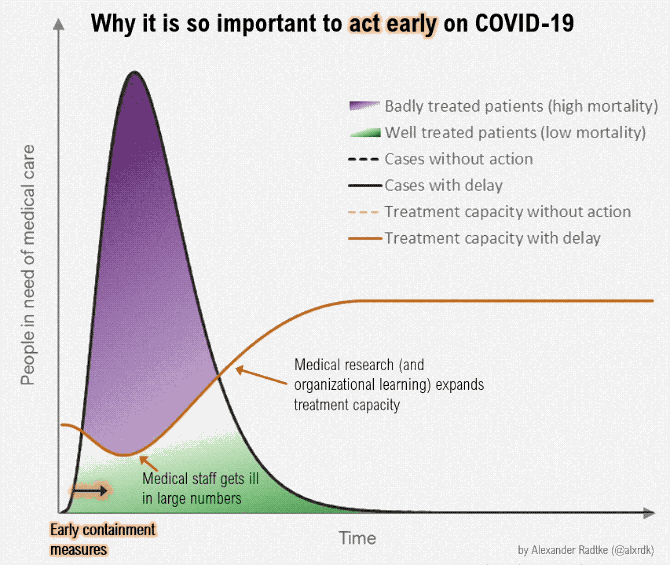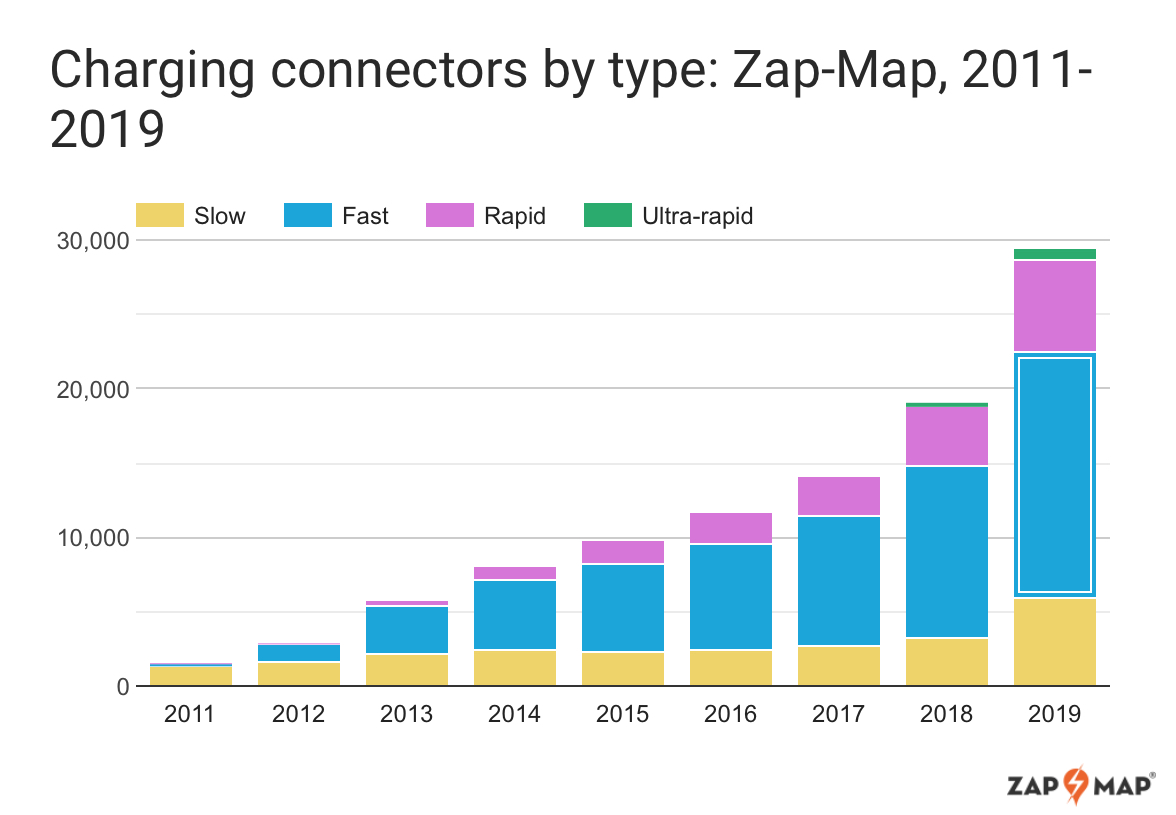The Callanish (or Calanais) Standing Stones, on the Isle of Lewis. New Year’s Day 2020.
Monthly Archives: March, 2020
Keeping active during a lockdown
As a result of the virus, and its effect on my consultancy clients, my ‘work’ has fallen to about half its normal level. I hope this doesn’t carry on for too long, because my income has also fallen by about two-thirds. But, just at present, I’m rather enjoying it, and, as people usually say when they retire, “I’m busier than ever”.
The fact that it’s been sunny here at the same time is just icing on the cake. I’ve even been doing some serious lawn maintenance, which perhaps indicates that I’m closer to retirement than I had previously thought. (I used to joke that I knew I was getting old when I voluntarily went to a garden centre as a weekend activity. But in recent times it’s been even worse: I’ve noticed that I’m not even the youngest person in the garden centre! Sigh.)
Anyway, since I have no kids to home-school, the lockdown’s giving me an excuse at least to start catching up with the huge backlog of tasks that I’ve been putting off for months. There are the important ones, which I’m sure we all attend to first: tweaking the configuration scripts in our home automation systems, for example. Making sure our lightbulbs have up-to-date firmware. Redeploying our web services using the container orchestration framework du jour. That kind of thing.
But eventually we get to the more mundane but essential tasks of daily modern life. You’re probably considering some of these too:
- Is my home and off-site backup system working reliably?
- Are all my family members using a good password manager? (And can they get access to mine if anything should happen to me?)
- Do I still have any remaining email accounts with so-called ‘free’ providers, who read it in order to sell me things?
- Have I merged all the photo and video projects from my laptop onto my main desktop machine?
- Is my blog properly backed up, and where?
- Are there any rooms in the house which don’t have proper ethernet cabling yet?
- What do I still need to scan in my filing cabinet before I can be truly paperless?
Fortunately, I have plenty of other projects to distract me before I can get down to these, which means that we may need to be in lockdown for some months before I actually do old-fashioned things like descaling the coffee machine or looking through the piles of dead trees in my in-tray.
And this is good, because it’s important for people to be able to stay active in their old age.
Especially when the garden centre is closed.
A Network for the Un-networked?
Suppose you’re an older person who has been told you should really stay at home. You have no symptoms, but you decide to go into voluntary total self-isolation.
It’s not easy and you get pretty lonesome, but presumably, after 14 or perhaps 21 days, you have proven yourself to be safe. You could then walk, drive or cycle over to visit any friend who had been through the same purification ceremony, without risking either of you.
There could be a society for those who choose to do this proactively, for those who have sworn an oath to forego all human contact for a short period now in order to have a restricted amount of it thereafter. First of all, though, it needs a name.
I suggest “The Lone Rangers”.
Pannellum in Pittenweem
I’ve had fun in the last year or so playing with spherical cameras (often known as 360-degree cameras) and I’ve posted a few on here. But they’ve always had a problem: you really need a plugin to view them, which is untidy. This one of the Sacré-Coeur, for example, relies on a plugin from the Ricoh site.
So I’ve been delighted to discover Matthew Petroff’s Panellum, a panorama viewer created using just HTML5, CSS3, JavaScript, and WebGL, which means it runs in most modern browsers natively.
Here’s an example from Pittenweem, a favourite spot I discovered on my campervan trip over Christmas, just north of Edinburgh.
You can drag the image around to look in different directions, and you can zoom in and out by scrolling, or using Shift & Ctrl keys.
On my early experiments, it seems to work very well, even on my fairly elderly laptop. It even has a full-screen button…
So you may be seeing a few more of these here in the near future!
Some more Coronastatistics
In a response to my post yesterday, my friend Jonathan pointed me at this excellent article by Tomas Pueyo. It’s long, and I’m not, of course able to check many of his numbers, and there are some places where he has to make estimates and assumptions, and rely on official Chinese figures more than some would think appropriate. But you should read it none the less; the basic model is very useful. I mention some highlights below.
My question yesterday was about when the virus-based health risk of travelling to an event in the UK would actually become more serious than the risks involved in the road travel to get there. Italy has passed that point (and their road-death statistics are much worse than ours!) My own guess while writing was that it would probably be about two or three weeks here, and it hadn’t escaped me that confirmed cases are a week or two behind the dates when those people actually contracted the virus, so probably the real answer was that coronavirus would be more dangerous than driving in the UK in about a week’s time (using my very crude metric). Others have pointed out that the stats suggest that we’re not that far behind Italy, so coronavirus may already be more dangerous than driving.
What I hadn’t fully appreciated, and this is the thrust of the article, was just how effective a lock-down can be. A key graphic is this one:
(Click for a full-size version)
The orange bars show diagnosed cases. The grey bars show when infection must actually have happened; something you can only deduce with hindsight, because it takes a couple of weeks. At the time Wuhan went into lock-down, they had 444 reported cases. There were probably about 12,000 actual cases at the time waiting to appear. And if we believe the official figures, the growth stopped pretty instantly once they imposed a lock-down; the kind of lock-down that perhaps only an authoritarian regime can effectively implement.
At the time, of course, this wouldn’t have been clear; the number of reported cases would have gone on rising for another 10 days or so.
Pueyo then goes on to demonstrate the effect of delaying this kind of lock-down by one day — the very significant impact it can have on the number of cases that actually appear.
This in turn affects the ability of healthcare systems to cope, which then affects the mortality rate, and so once you pass a certain threshold, the impact of each day’s delay is amplified more than you might expect. He posts this graphic by Alexander Radtke – I’ve seen similar ones online recently:
You’ll note that this graph is purely an illustration of a concept without any real data, but it’s a useful one. What’s good about Pueyo’s analysis in general, though, is that he’s trying hard to use real numbers wherever he can. He may be right, he may be wrong, and in particular his analysis may be more or less relevant to the particular situation in the UK, but it’s worth taking seriously.
So, today’s update:
- Coronavirus in the UK will very soon — probably in a few days — be more dangerous than driving. Maybe even more dangerous than Italian driving. But still not a cause for panic.
However,
- We’ll know in a couple of weeks just how dangerous it is today.
- By then it will be a lot more dangerous.
- Waiting to find that out is the best possible way to ensure that it will be even worse!
- We’re at the point where each day is very significant.
Therefore:
- Actions like panic-buying of loo rolls are not a rational response to something that is currently much less dangerous than the drive to the supermarket.
- Actions like locking down the entire country to restrict movement as much as possible may actually be a perfectly rational response to the same thing.
Fascinating stuff.
Now, here’s my next question:
You may remember the analysis a few years ago that showed that more people died after the 9/11 attacks than during them. This was because so many people were scared of flying in the following days and weeks that they drove long distances instead. Driving is so much more dangerous than air travel that the resulting death toll was higher than that on the day itself.
Now, one result of coronavirus lock-down, I hope and expect, will be that a lot more people will discover the practicality and benefits of working from home. (I’ve been doing it half-time for many years, using long Skype calls to keep in touch with my colleagues, some of whom are only a few miles away.)
If this continues on any scale after the virus threat has receded, how long will it be before the number of lives saved by the reduction in mileage and air pollution outweighs the lives lost in the epidemic?
Update: please read the comments below as well!
Some Coronastatistics
At the time of writing, the number of deaths in UK as a result of Covid-19 since records began is six. Interestingly, that’s about the same as the number of people who died on UK roads…. yesterday. (The number who sustained serious injuries yesterday is about 11 times as high.)
Now, I don’t want to minimise the virus threat, and I do understand that one of those numbers is likely to increase exponentially while the other isn’t, etc. So I’m also taking appropriate precautions like everyone else. But it also explains why I’m happy to go out to a restaurant for dinner tonight… even a Chinese restaurant! If we manage to survive the journey there and back, any sources of contagion we might encounter in a busy restaurant should be child’s play in comparison.
Ironically, Italy, which is suffering a much more serious viral issue than we are, also has one of the highest rates of road fatalities in Europe. Their death rate from the virus has now reached 631, which is about twice as many as road deaths — even at Italian rates — in the same period. We are still a very long way from that here, for the time being, at least. There’s something to be said for living on an island.
For UK readers, though, I think this is an interesting metric to watch, though, to keep a rational sense of the scale of the problem: How long will it be before letting your kids go to a sporting event at school is actually more dangerous than driving them there and back?
**Update: see the next day’s post. **
Inverse Covid-19 protection?
For the last two or three years, I’ve been getting a ‘flu vaccination in the autumn. In the past, most winters would see me knocked out for at least a few days, maybe a week, at some point by a ‘flu-like bug. But once I discovered how easy it was — for people in the UK who aren’t eligible to get it free on the NHS, you just book an appointment at your local Boots and pay 12 quid — I realised this was a small price and well worth paying! Recommended.
Now, the jab obviously won’t protect you against the current coronavirus. It doesn’t even protect you against all strains of normal ‘flu. But it occurs to me that if everybody had had a recent injection, it would probably stop a lot of false alarms. You’d be much less likely to come down with something ordinary that might cause you unnecessary concern, and when you did start exhibiting ‘flu-like symptoms, you would be able to take them more seriously.
I don’t, however, know anything about the seasonality of this. New vaccinations are usually developed to cover the winter period, and I’m not sure about the value of taking one now that was created that many months ago.
But it seemed to me an idea worth considering. Is it worth doing an updated spring vaccination to help protect you against current bugs that are not Covid-19, just to assist with the detection of the real thing?
© Copyright Quentin Stafford-Fraser




Recent Comments